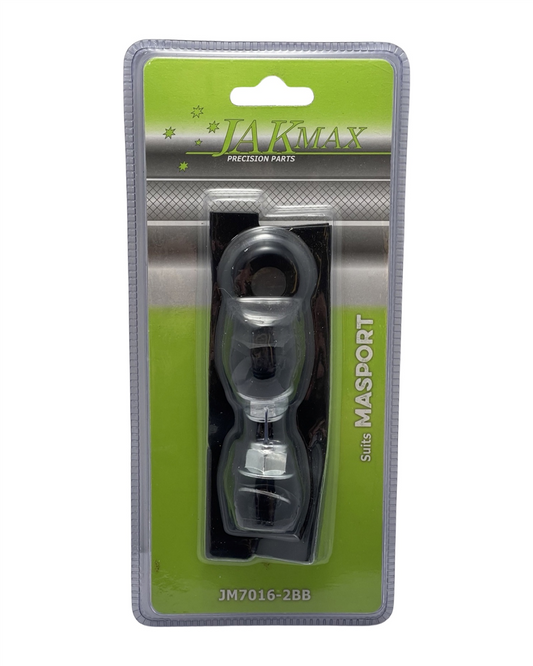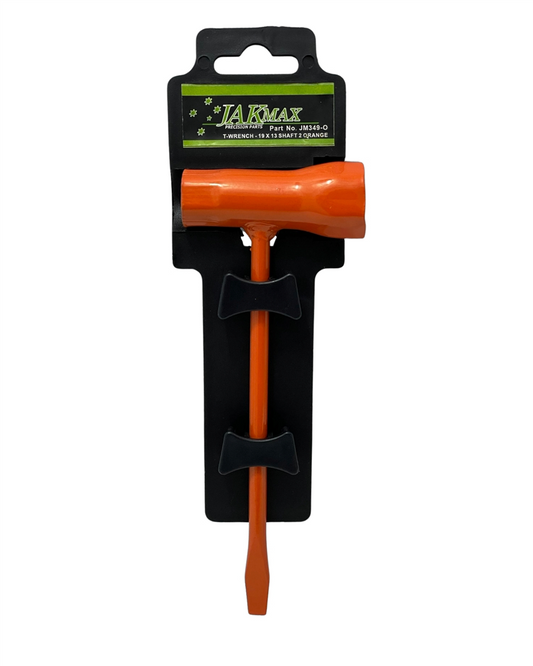What every gardener should know about using mulch for vegetables
Share
The Secret to a Thriving Veggie Patch: Mulch Like a Pro!
Have you ever wondered why some veggie gardens look like they belong in a magazine while others struggle to stay alive? The secret isn’t just water and sunshine—it’s mulch! Mulching is a game-changer for anyone keen to grow a bountiful vegetable garden without spending hours battling weeds and dry, lifeless soil.
Why Mulch is a Gardener’s Best Mate
Think of mulch as a superhero cloak for your garden beds. It locks in moisture, keeps the soil cooler on scorching days, and stops weeds from taking over. Plus, as it breaks down, it feeds the soil with organic goodness—pretty much a win on all fronts!
Choosing the Right Mulch for Veggies
Not all mulch is created equal. When it comes to feeding your veggie patch, you want something that improves soil health while providing those all-important benefits. Here’s what works best:
- Straw or Sugar Cane Mulch: Light, fluffy, and full of goodness. It breaks down quickly, improving the soil while keeping plants happy.
- Lucerne Mulch: A premium option packed with nitrogen, perfect for leafy greens.
- Pea Straw: Great for suppressing weeds and adding organic matter.
- Composted Bark or Wood Chips: Better suited for paths or long-term beds rather than fast-growing veggies.
How to Mulch Like a Pro
Mulching isn’t just about dumping a pile of straw on your soil and calling it a day. To get the most out of it, follow these simple steps:
- Prepare the Soil: Remove weeds, loosen the soil, and give your plants a good drink before applying mulch.
- Layer it Right: A layer about 5-10cm thick is perfect. Too thin, and weeds will still poke through. Too thick, and water might struggle to reach the roots.
- Keep it Away from Stems: Push mulch back a few centimetres from plant bases to prevent rot and fungal issues.
- Top Up as Needed: Over time, mulch breaks down. When you notice it thinning out, simply add a fresh layer.
Common Mulching Pitfalls to Avoid
Like any gardening technique, there are a few common mistakes that can cause headaches. Keep these in mind:
- Using the Wrong Mulch: Avoid fresh wood chips in veggie gardens, as they can rob the soil of nitrogen.
- Mulching Over Dry Soil: If the soil underneath is bone dry, mulch will only make it harder for water to reach the roots.
- Ignoring the Breakdown: If mulch isn’t replenished, it loses its effectiveness over time.
Mulch Now, Thank Yourself Later
A well-mulched veggie patch takes the pressure off watering, keeps weeds in check, and boosts soil health. It's one of the simplest things you can do for a better, more productive garden. Get mulching now, and you’ll be reaping the rewards when those juicy tomatoes and crisp lettuce leaves start rolling in.
Happy gardening!
Candeece
 Stay Connected
Stay Connected
Join our gardening community on Facebook the Urban Gardener's Notebook
And follow our Store Facebook Page: Strathalbyn H Hardware on Facebook









